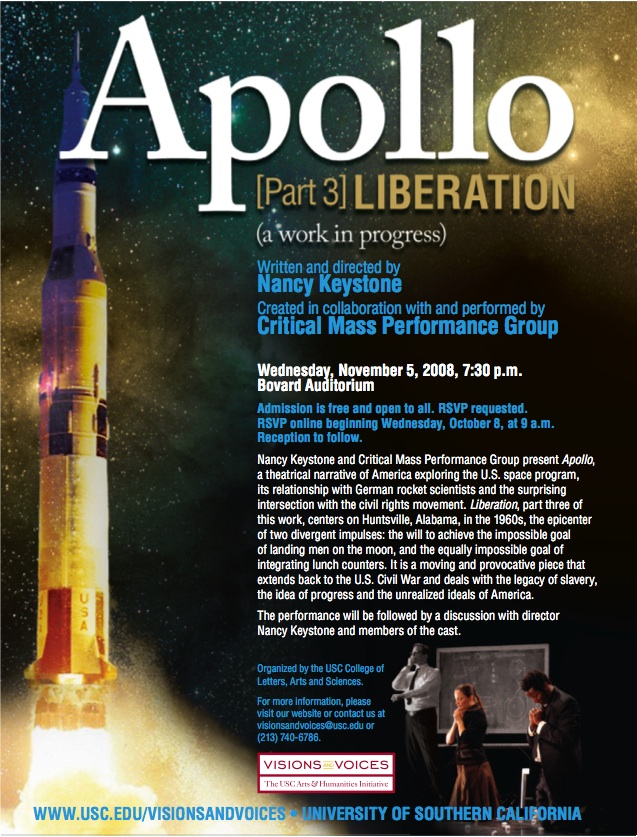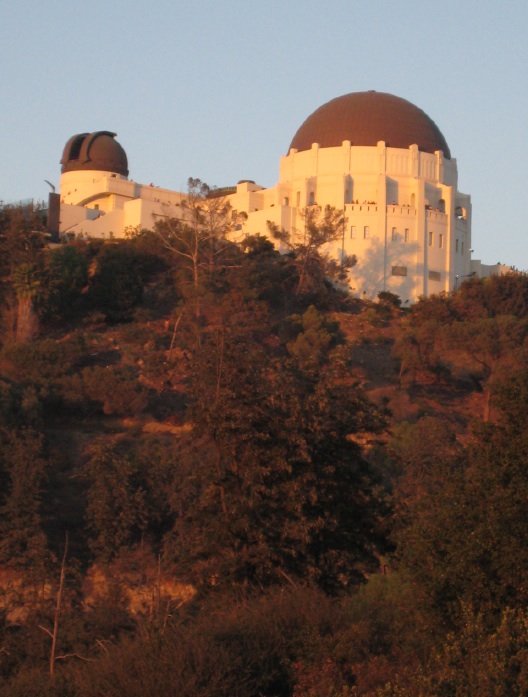(Yes, I know it is not Summer (here), but I love the idea of Summer reading lists so much that I will continue to discuss some books under this series title, whatever the time of year.)
I just heard a piece by Robert Krulwich on NPR about the book “Falling for Science: Objects in Mind”, which is a collection of essays with an introduction by Sherry Turkle, who’s a social sciences professor at MIT. Krulwich says:
“…written by senior scientists (artificial intelligence pioneer Seymour Papert, MIT president and neuroanatomist Susan Hockfield, and architect Moshe Safdie, for example) and by students who passed through her classes at MIT over the past 25 years. They were all asked the same question: “Was there an object you met during childhood or adolescence that had an influence on your path into science?”
And after a tidal wave of Legos (7 different essays), computer games and broken radios, I found a few wonderful surprises. One MIT student reported how she couldn’t stop braiding her My Little Pony’s tail, weaving the hairs into endlessly repeating patterns (a clue, perhaps, to her fascination with mathematics)….[…]”
He goes on to interview software designer Joseph Calzaretta about his childhood encounter with stop signs. It’s a really nice story. The whole radio piece is here, with audio and transcript. (There’s another version here with the excellent “Eggs in a Basket” story emphasized instead.)
This is actually an issue that fascinates me, and I don’t think that the question should be quite as narrow as above – focusing only on people who went into science. I think that -especially as children- we are all scientists, exploring the world around us, […] Click to continue reading this post →
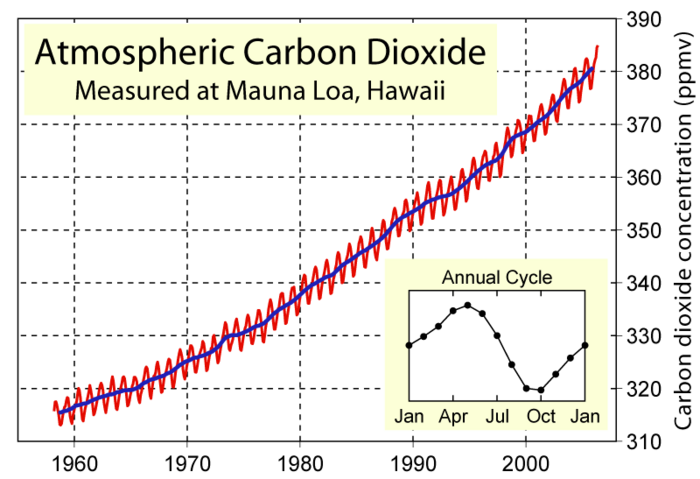 Today on NPR’s Morning Edition they played a piece by Madeline Brand that aired in 2007 about the Keeling curve, and the man behind the curve, Charles David Keeling. As you may know, the Keeling curve (above) is a striking demonstration of the steady increase in the concentration of carbon dioxide in the atmosphere, as measured from one location (on top of Mauna Loa in Hawaii) by one very simple method over almost 50 years.
Today on NPR’s Morning Edition they played a piece by Madeline Brand that aired in 2007 about the Keeling curve, and the man behind the curve, Charles David Keeling. As you may know, the Keeling curve (above) is a striking demonstration of the steady increase in the concentration of carbon dioxide in the atmosphere, as measured from one location (on top of Mauna Loa in Hawaii) by one very simple method over almost 50 years. 
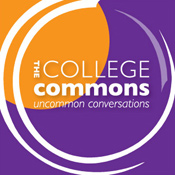
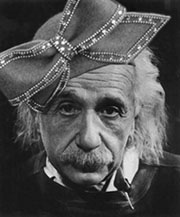
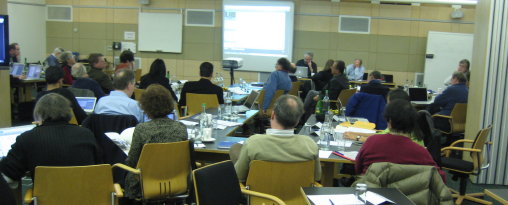
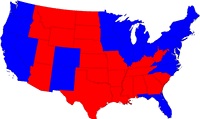 There was a lovely segment on NPR the other day about cartograms – representations or maps of regions that are weighted or highlighted according to the sort of data you’re interested in studying. It was an interview with Mark Newman (Univ. of Michigan) about the book “The Atlas of the Real World: Mapping the Way We Live” (by Daniel Dorling, Mark Newman and Anna Barford).
There was a lovely segment on NPR the other day about cartograms – representations or maps of regions that are weighted or highlighted according to the sort of data you’re interested in studying. It was an interview with Mark Newman (Univ. of Michigan) about the book “The Atlas of the Real World: Mapping the Way We Live” (by Daniel Dorling, Mark Newman and Anna Barford).  To the right is an example of the sorts of things they do in the book, showing the re-adjusting the map of the USA to have the size of a state correspond to its electoral college weight (below) instead of its geographical weight (above).
To the right is an example of the sorts of things they do in the book, showing the re-adjusting the map of the USA to have the size of a state correspond to its electoral college weight (below) instead of its geographical weight (above). 
